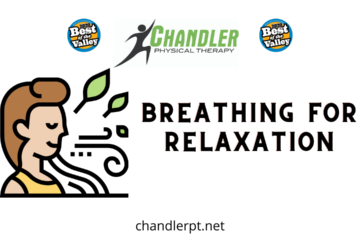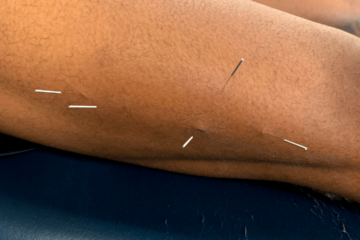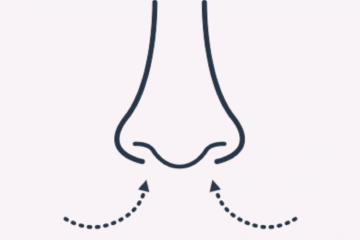Lower back pain is pervasive in today’s medical society. Being dubbed “the common cold” of muscular pain, it’s likely you have experienced, or will experience it in your time here on earth. Pain can range from mild to severe depending on the origin of the dysfunction. In my practice, the vast majority of folks walking through the door with low back pain fall under the classification of “non-specific low back pain (NSLBP)”. That is, the pain they are experiencing typically is tied to over-use, poor posture, instability, or weakness. I remember the first time I realized I had NSLBP. It was embarrassing given my profession – like a childhood diagnosis of lice I worked to limit the spread of who knew. I got over it through the techniques in this blog. You can too. And the good news? You’re not alone. At any given time 50% of the population is experiencing some form of low back pain. This is who this blog is directed at.
There is another whole sect of lower back pain which is much more severe in nature and may require multiple disciplines to help in its relief. This is who should seek further care. Symptoms will include:
-Numbness/tingling/pain in both legs, especially if it travels from the low back BELOW the knees.
– Unexplained weakness in the legs.
– Numbness in the saddle region (groin).
– Loss of bowel or bladder control due to onset of symptoms.
– Pain that doesn’t change with activity, position, or medication.
If this is you- get examined by a physical therapist, spine specialist, or orthopedic specialist before you try these items in this blog.
However, if you fall into the first category, the following items are likely to help. Often, in NSLBP, the low back is doing everything right. Yes, you read that correctly. There is nothing wrong with your back. It is likely doing way TOO MUCH. Today’s society is filled with driving, sitting, prolonged standing and static positions which makes your gluteals/glutes inhibited- unable to participate as well in the stability of your pelvis and spine. This leads to other muscles increasing their tone to compensate. Often these are the muscles surrounding your low back. Too much action in these muscles leads to fatigue, pain, overuse, and… NSLBP. The good news? You’re able to correct it.
The foam roll is a tool which helps reduce muscular tension, increase blood flow, improve flexibility, and promote better movement patterns. Used frequently, it can also be a barometer for muscular readiness and can help guide training. As I previously stated- the low back isn’t the culprit. The muscles that are underperforming are those to blame.
The primary muscles I find limited are:
Glutes/gluteals
The front of your thigh (rectus femoris – one of your quads)
The side of your thigh (vastus lateralis – another quad)
Calves.
Foam rolling these areas frequently is a great place to start to help solve your low back pain. Below I’ve outlined how to address each of these issues with the foam roll:
Chandler Physical Therapy will be hosting a Free Foam Roll Clinic on Wednesday, June 17th at 6:00 PM at Elite Sport and Fitness.
This event is open to anyone and foam rolls will be on sale for a discounted price of $18.
If you are interested, please RSVP by calling Elite Sport and Fitness at 480-779-7505.






